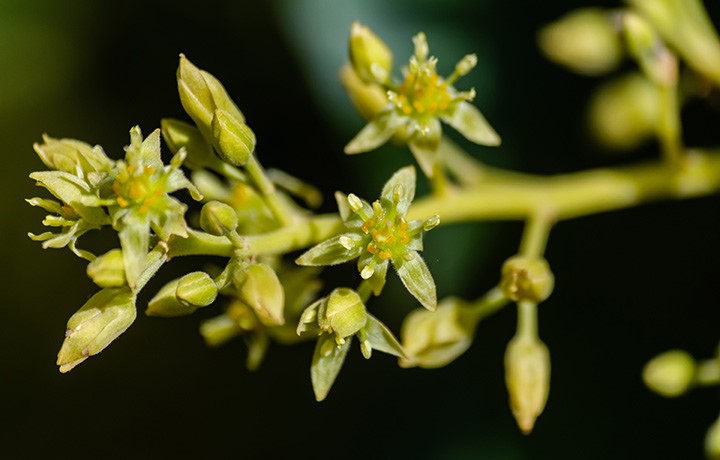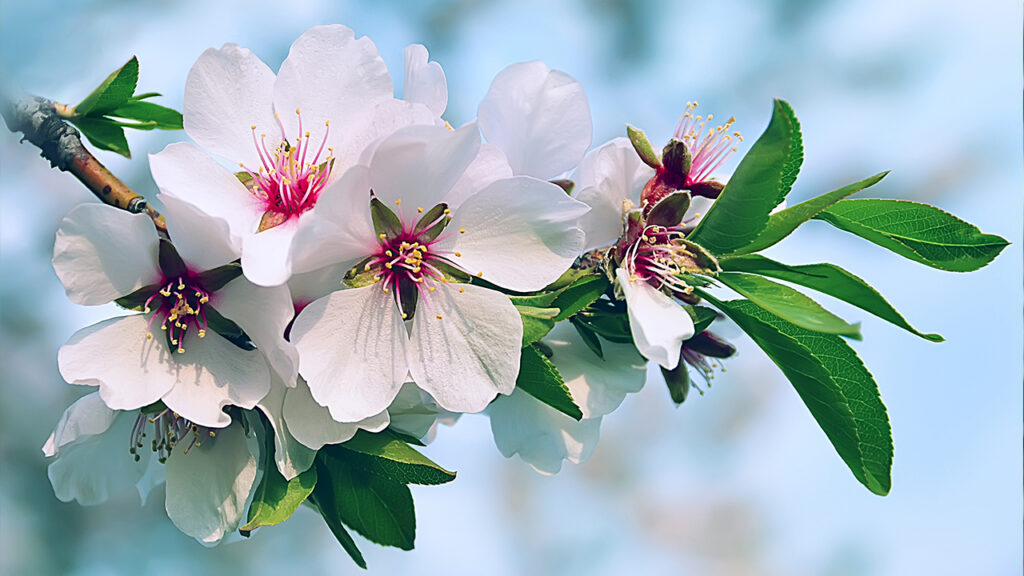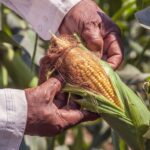Plants go through different stages throughout their development and growth. These phases, which are well differentiated from each other due to different physiological, metabolic and morphological events, are known as phenological stages and each one of them has its particularities; from germination, emergence, vegetative development, flowering, fruiting and maturity, in some that are annual, after the development of the fruit senescence occurs, in perennial fruit trees, after fruiting and harvest, a period of “rest” will occur, in deciduous will drop the leaves and sprout again in the next cycle.

In general, phenology is the study of the temporal sequence of the different phases an organism goes through throughout its life cycle. Perennial species also have annual cycles governed by seasonality or climatic factors (solar radiation and insolation, temperature and humidity), astronomical factors (photoperiods) and biological factors such as interactions between plants and animals (Schwartz, 2003).
There is a very important phenological stage, from the reproductive point of view to perpetuate the species, but also from the economic point of view for many agricultural fruit crops, this is flowering.
Flowering entails in the plant the change from one development program to another. When a vegetative meristem (group of undifferentiated cells that actively divide and give rise to leaves and branches) receives a certain signal, its development program is altered and it becomes a reproductive meristem that gives rise to flowers (Blázquez, 2011).
Flowering is the process of growth and separation of the sepals and petals of the flower that exposes the stigmas and stamens, also identified as anthesis. It is a phenological response that directly affects crop production, therefore, it is necessary to understand and identify the factors and variables that limit or favor this phenomenon (Díaz, 2002).

In flowering and before it, many events occur, mainly hormonal, that have to do with the increase of certain biostimulant substances inside the plant; such as auxins, gibberellins, cytokinins, ethylene, and abscisic acid, depending on the species, each of these compounds may be at higher or lower levels.
Together with the previous compounds, the photoassimilates (sugars, secondary metabolites, etc.) are moved via the phloem towards the floral buds, to provide more energy to that area that is more active, forming important organs for future fruiting.
All these phenomena that are happening in flowering require energy, and the plant focuses on directing it to the flower points. It is at this time that the plant is very susceptible to stress, both biotic and abiotic.
Stress is identified as a significant deviation from optimal conditions for life. These conditions cause changes in all functional levels of organisms. It has several causes, in general, two sources are identified: biotic stress and abiotic stress.
Biotic stress is the one that originates from the interaction of the plant or the crop in general, with another living organism, which affects by some type of negative ecological relationship (Competition, Allelopathy, Hervivoria, Parasitism, etc.) normal plant development. In other words, biotic stress is derived from the attack of pests or diseases on the crop.

Abiotic stress is further divided into two types of stress: physical abiotic stress and chemical abiotic stress. Physical abiotic stress is that which originates from climatic changes (high, low temperatures, hailstorms, strong winds, etc.), drought conditions or excess humidity, mechanical damage or magnetic field. Chemical abiotic stress is generated due to the presence of toxic elements in the soil or substrate of the plant, such as heavy metals or excess of certain nutritional elements, extreme pH conditions or salt content.
 AgronoBlog – Agriculture Blog
AgronoBlog – Agriculture Blog 


